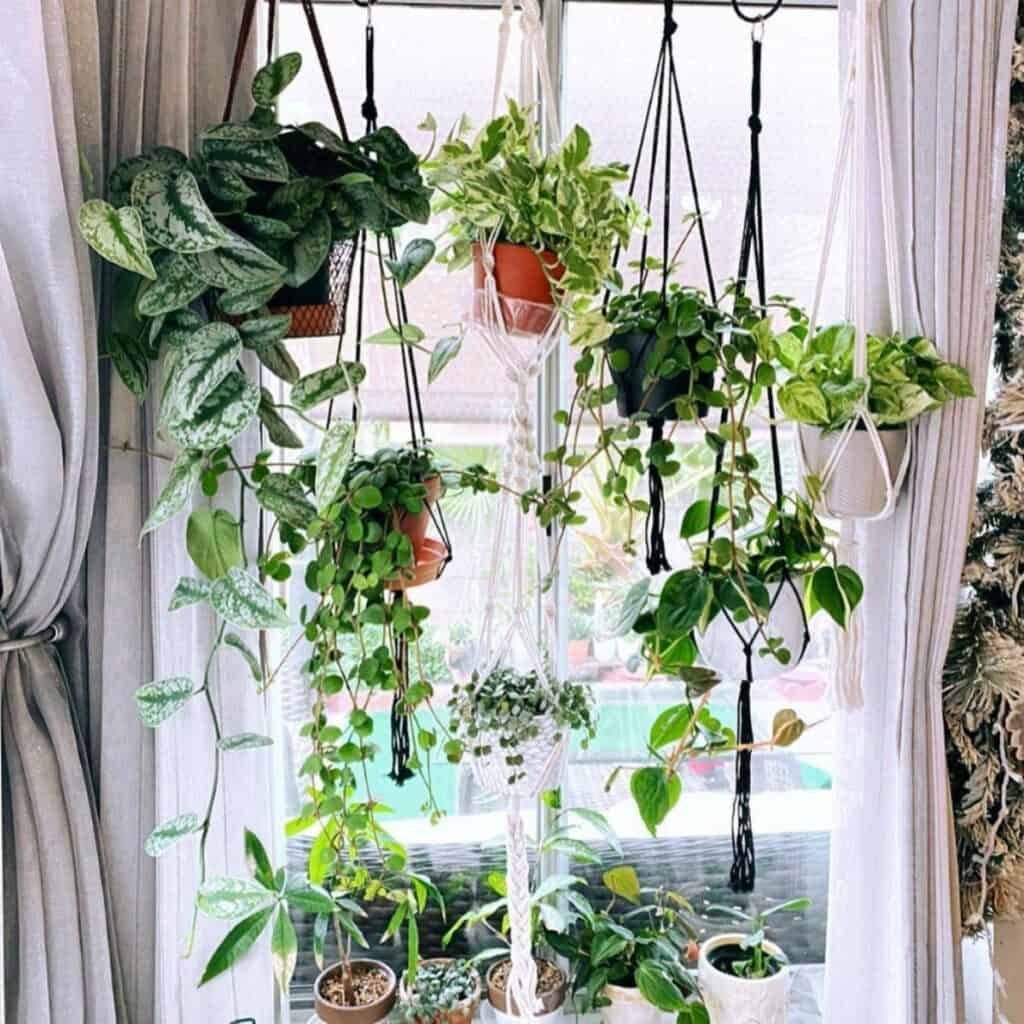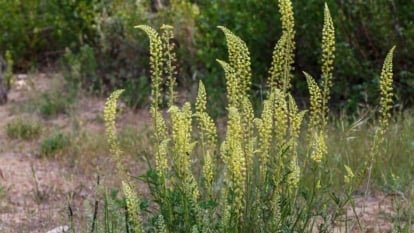Houseplant care goes beyond providing water and light; understanding fertilization is crucial to their health. Many plant owners aren’t aware that there’s a fine line between feeding plants and causing them harm.
Fertilizing mistakes are common, but they are also avoidable. The health of houseplants can be significantly improved by recognizing and fixing these errors.
Fertilization provides essential nutrients that support the growth and vitality of houseplants, but it requires a delicate balance.
Without proper technique or an understanding of a plant’s specific needs, even the most attentive plant parents can unwittingly hinder their plants’ potential.
Knowing when and how to apply fertilizer, as well as what type is best suited for each plant, can transform an indoor garden from surviving to thriving.
Key Takeaways
- Effective fertilizing hinges on understanding a plant’s unique nutrient needs and growth cycle.
- Overfertilizing can cause damage, making the correct application method and dosage critical.
- Adjusting water and soil conditions, in tandem with fertilizing, ensures optimal plant health.
#1 – Not Understanding Plant Nutrients and Soil Basics
Optimal plant growth relies on an intricate balance of nutrients within the soil. Understanding the specific roles of each nutrient helps prevent common mistakes when fertilizing houseplants.
The Role of Macronutrients and Micronutrients in Plant Health
Macronutrients like nitrogen, phosphorus, and potassium are essential for the health and growth of houseplants.
Nitrogen is vital for leaf development and is a key component of chlorophyll, which plants use in photosynthesis.
Phosphorus supports the formation of flowers and roots, while potassium regulates a plant’s water use and resistance to diseases.
- Micronutrients, although needed in smaller amounts, are crucial for plant development as well. These include elements like iron, manganese, and zinc, which aid various plant functions, including enzyme processes and the synthesis of certain proteins.
Evaluating Soil Quality and Nutrient Availability
The quality of soil is determined by its ability to supply adequate nutrients to plants. Regular potting soil often contains a starter charge of fertilizer adequate for short-term growth but may need supplementation as plants mature.
- Organic fertilizers provide both macro and micronutrients and improve soil structure, enhancing nutrient availability.
- It’s important to assess nutrient availability, as too much can be as harmful as too little. For instance, excessive nitrogen can lead to “luxury consumption,” where the plant takes up more nitrogen than needed, resulting in weak growth and increased susceptibility to pests.
By understanding these basics, gardeners can create a nurturing environment that minimizes common mistakes in fertilizing and promotes healthy plant growth.
#2 – Selecting the Wrong Fertilizer for Your Plants
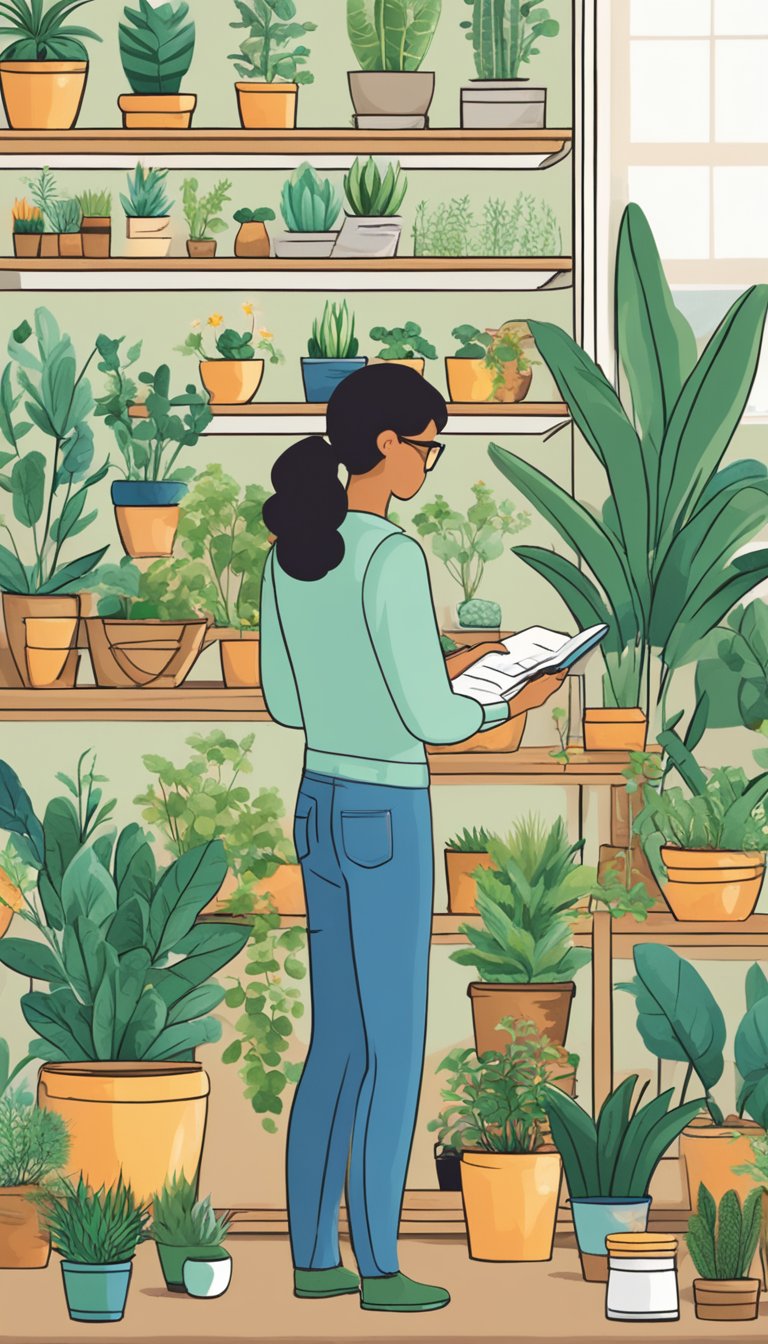
Selecting the appropriate fertilizer is vital for the health and growth of houseplants. One must consider the type of fertilizer, its release mechanism, and its contents, such as nitrogen, phosphorus, and potassium, in relation to plant requirements.
Comparing Organic and Synthetic Fertilizers
Organic fertilizers are derived from natural sources such as fish, manure, or bone meal. They improve soil structure, increase water retention, and encourage beneficial microbial activity.
These fertilizers release nutrients slowly as they decompose, which helps prevent over-fertilization. However, their nutrient content is less predictable than synthetic fertilizers, which are manufactured through chemical processes.
Synthetic options often have precise N-P-K (nitrogen, phosphorus, potassium) ratios, providing targeted nutrition for rapid growth.
Understanding Liquid, Granular, and Slow-Release Formulations
Liquid fertilizers are concentrated nutrients that are mixed with water and applied directly to the plant’s soil. They act quickly, making them ideal for addressing immediate nutrient deficiencies.
As a practice, one might use liquid fertilizers every time they water or follow a bi-weekly schedule, depending on the plant’s needs.
Contrastingly, granular fertilizers are dry pellets that need to be worked into the soil. They are applied less frequently, usually every month or two, slowly releasing nutrients over time.
Slow-release fertilizers are similar to granular types but are coated with a material that meters out nutrients over several months.
This approach minimizes maintenance and the risk of over-fertilization but may not be suitable for plants in active growth that require more immediate nutrient availability.
#3 – Applying The Wrong Fertilizing Techniques
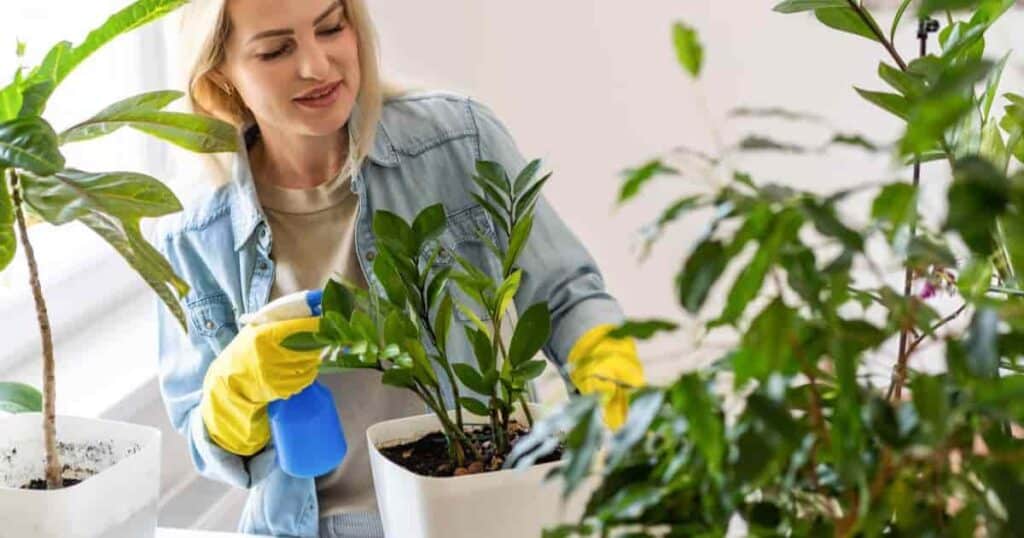
Proper fertilization is crucial for the health and vigor of houseplants. Understanding how to accurately apply fertilizers and recognizing the vital role active growth phases play will ensure lush, healthy new growth.
How to Properly Apply Fertilizer to Potted Plants
When applying fertilizer to potted plants, it is important to distribute it evenly around the pot, avoiding direct contact with the plant’s stem or leaves.
This helps prevent potential burns to the plants, which can occur if high concentrations of fertilizer come in direct contact with the foliage or stem.
The method of application should ensure nutrients reach the roots without overwhelming them. A practical approach involves diluting liquid fertilizer and applying it with a watering can.
This allows the roots to absorb the nutrients with the water as it soaks through the top layer of soil.
One should always adhere to the recommended dosing schedule provided by the fertilizer’s manufacturer to avoid over-fertilization.
For houseplants, this usually involves applying a balanced liquid fertilizer every two weeks or so during the active growth period. However, the frequency may vary based on the plant’s specific needs and the type of fertilizer used.
Additionally, ensuring proper staking for larger plants can provide stability for new growth, making it easier for the plant to uptake nutrients.
The Importance of Fertilizing During the Active Growth Phase
Houseplants typically experience an active growth phase during the spring and summer, when they benefit most from additional nutrients.
They use the extra energy provided by fertilization to produce new leaves and stems or to flower.
During this phase, the roots of the plants are more capable of taking up the nutrients they need to support this new growth.
It is generally not recommended to fertilize during the dormant phase, typically in the fall and winter months, as plants are not actively growing, and the excess nutrients can build up in the soil, potentially causing damage to the root system.
Moreover, before fertilizing, it is essential to ensure that the plant’s pot has adequate drainage to prevent water and fertilizer from accumulating at the bottom, leading to root rot.
An essential step is to water the plant generously after fertilizing to help spread the nutrients throughout the soil and to the root system.
#4 – Overfertilization and Fertilizer Burn
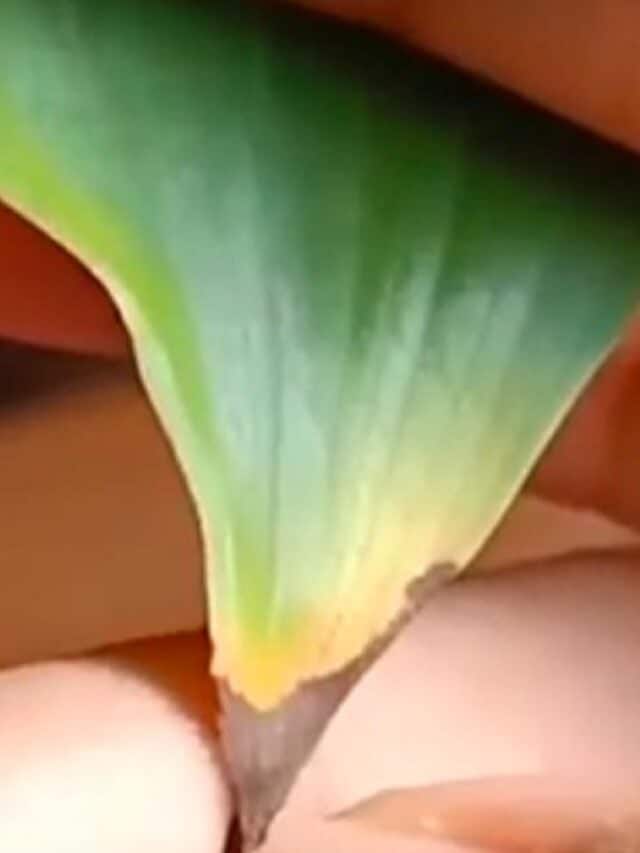
When nurturing houseplants, it’s critical to recognize the balance between adequate nutrition and excessive fertilizing, which can lead to nutrient stress and fertilizer burn.
Identifying Signs of Excess Nutrients and Burn
Excessive fertilization often manifests as burn; plants display browning at the leaf tips and edges, a phenomenon is known as fertilizer burn. They may also show signs of stress, such as yellow leaves, wilting, or stunted growth.
The presence of a white, crusty layer of fertilizer on the soil surface is a clear indication of overfertilization.
- Brown Leaf Tips: First sign of too many nutrients affecting water intake.
- Yellowing or Wilting Lower Leaves: Can indicate nutrient overload but also possible overwatering.
- Stunted Growth: Too much fertilizer can negatively impact normal plant development.
Recognize the signs of fertilizer burn in houseplants for more early identification.
Steps to Take if Overfertilization Occurs
Once overfertilization is identified, prompt action can mitigate damage to plants.
- Flush the Soil: Run water through the plant’s soil for several minutes to leach out excess fertilizer. Repeat 3-4 times as necessary, ensuring good drainage between intervals.
- Stop Fertilizing: Cease any further fertilization to prevent additional nutrient buildup.
- Trim Damaged Foliage: Remove brown or damaged leaves to help the plant focus its energy on recovery.
Ensuring proper care post-overfertilization is crucial for plant recovery. Learn how to alleviate overfertilization.
#5 – Bad Watering Practices and Fertilizer Efficiency
Appropriate watering practices are essential for the efficacy of fertilization in houseplants.
Both overwatering and underwatering can profoundly impact how plants absorb and use nutrients.
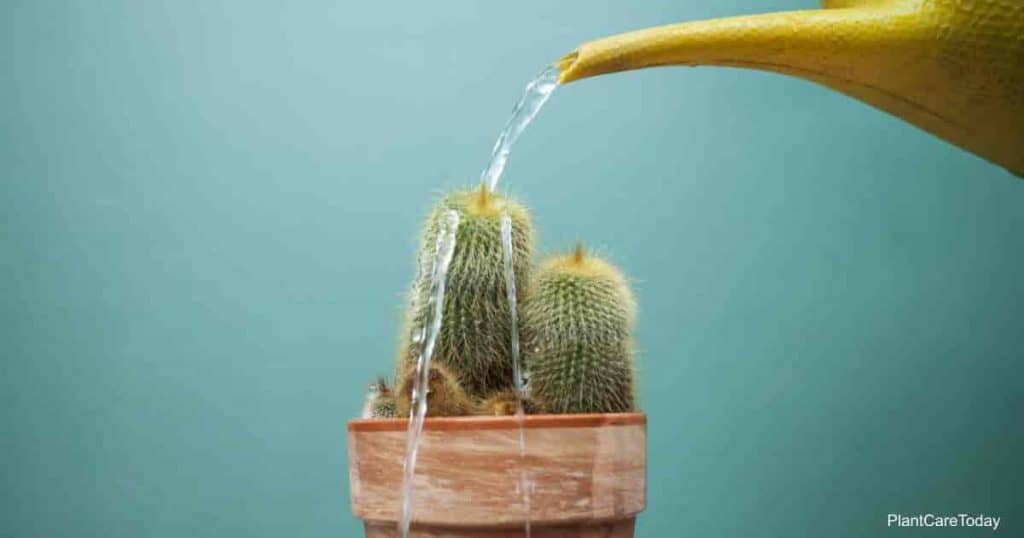
How Overwatering or Underwatering Can Affect Fertilization
Overwatering can lead to a lack of oxygen in the soil, causing root rot and a diminished ability for plants to take up nutrients.
A telltale sign of overwatering is consistently moist soil, which can result in nutrient leaching away from the roots.
Conversely, underwatering can lead to dry soil and stressed plants, which cannot efficiently absorb fertilizer due to a limited root system or poor root health.
The Role of Drainage in Nutrient Uptake
Effective drainage is key to regulating the water content around plant roots and ensuring optimal nutrient uptake.
Containers with adequate drainage holes prevent water from accumulating at the bottom, averting root diseases that impede fertilization efficiency.
Furthermore, a well-designed drainage system supports a balanced soil ecosystem, favoring the proper distribution and absorption of water and fertilizer.
#6 – Not Understanding Periods of Dormancy and Fertilizer Needs
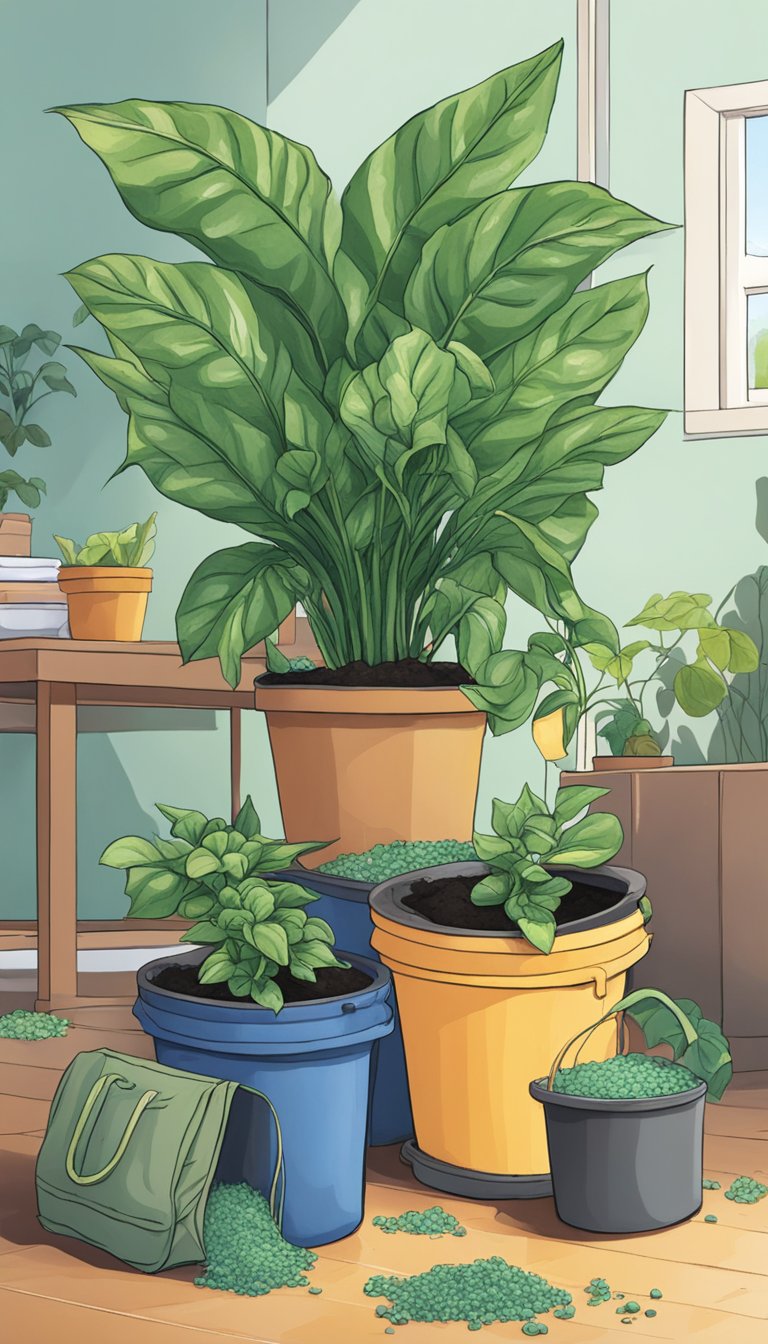
Understanding a houseplant’s growth cycle is crucial for proper fertilization. During dormant periods, plants conserve energy and typically require fewer nutrients.
Over-fertilizing when plants are not actively growing can lead to nutrient build-up and stress the plant.
Adjusting Fertilization Schedules for Dormant Periods
Dormancy is a natural state during which a plant’s growth significantly slows down. This commonly occurs in response to cooler temperatures and reduced amount of light during the winter months.
Different plants may exhibit dormancy to varying degrees, and some may not visibly appear dormant at all. However, their internal processes have slowed.
When plants enter dormancy, their nutrient requirements decrease. This means they don’t need as much fertilizer—if any—until they resume active growth in the spring.
Houseplant owners should carefully monitor their plants’ responses to changes in light conditions and adjust their fertilization schedule accordingly.
Over-fertilizing during this time can lead to a build-up of nutrients in the soil, potentially resulting in root burn and additional stress to the plant.
To properly adjust fertilization schedules, one should:
- Observe: Look for signs of slowed growth or reduced water uptake.
- Reduce: Cut back on the frequency of fertilization.
- Wait: Hold off on fertilizing until signs of new growth appear, indicating the end of the dormant period.
By respecting the plant’s natural rhythms and being attentive to its changing needs, gardeners can avoid the common mistake of over-fertilization during dormancy and promote a healthier period of regrowth when the growing season returns.
#7 – Mixing Up Repotting and Fertilizer Considerations
When repotting houseplants, owners must not only think about the immediate environment but also the long-term nutrient needs of the plant.
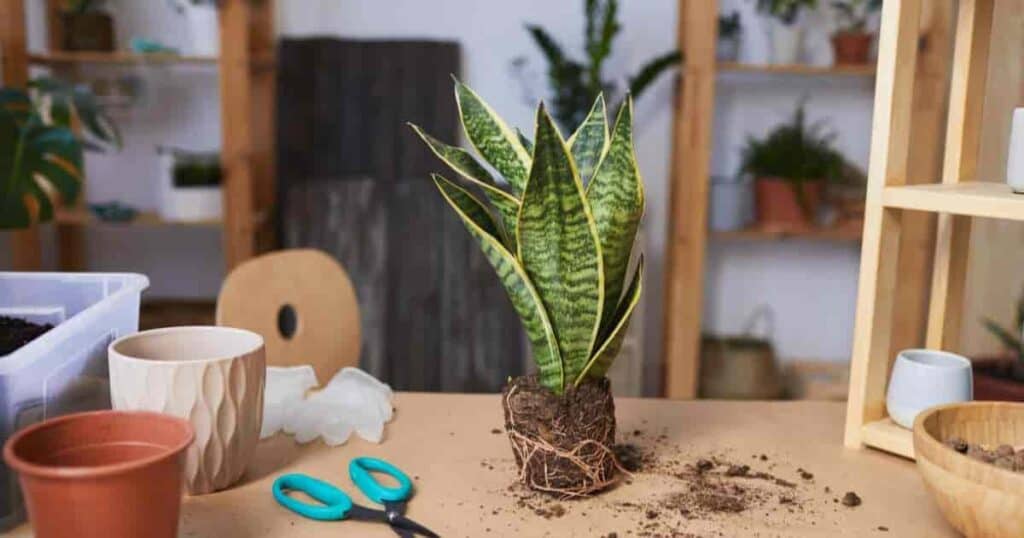
Repotting provides an opportunity to refresh the potting mix, ensuring that the plant has access to essential nutrients for healthy growth.
Optimizing Nutrient Availability After Repotting
Repotting serves a critical role in a houseplant’s life by providing fresh potting soil and room for roots to grow. However, the benefits of repotting hinge on the quality of the potting mix and the follow-up care, particularly fertilization.
After repotting, plants often experience shock, and the accessible nutrients in the new potting mix can minimize stress and promote recovery.
To optimize nutrient availability:
- Choose a high-quality potting mix: Select a mix that suits the specific needs of the plant, ensuring it has a balance of drainage and water retention.
- Understand the plant’s nutrient requirements: Some plants may need a potting mix with more organic matter, while others thrive in a mix with perlite or vermiculite to enhance aeration.
- Timing of fertilizing: Avoid fertilizing immediately after repotting, as the roots are sensitive. Once the plant shows signs of new growth, a balanced, diluted fertilizer can be introduced.
This approach assures that houseplants are not overwhelmed by too many changes at once and can adjust to their new environment with the nutrients they require.
Proper care post-repotting is essential for the vitality and longevity of houseplants.
#8 – Not Considering The Special Fertilizer Needs for Different Types of Houseplants
Houseplants vary widely in their care requirements, particularly when it comes to fertilizing. Understanding the specific needs of different plant types is essential for maintaining their health and promoting growth.
Fertilizing Demands of Succulents, Orchids, and Other Varieties
Succulents: These hardy plants require minimal fertilization. Over-fertilization can lead to weak, discolored leaves and diminished resilience.

A balanced, water-soluble fertilizer diluted to half strength, applied just once every six weeks during the growing season, is often sufficient. One should take care when fertilizing succulents to avoid harm.
Orchids: These exotic plants thrive on a balance of nutrients that typically includes higher levels of nitrogen.
Orchids often benefit from specialized orchid fertilizers, applied at quarter strength every two weeks during their growth period. It’s crucial to avoid over-fertilization, which can lead to salt buildup and root damage.
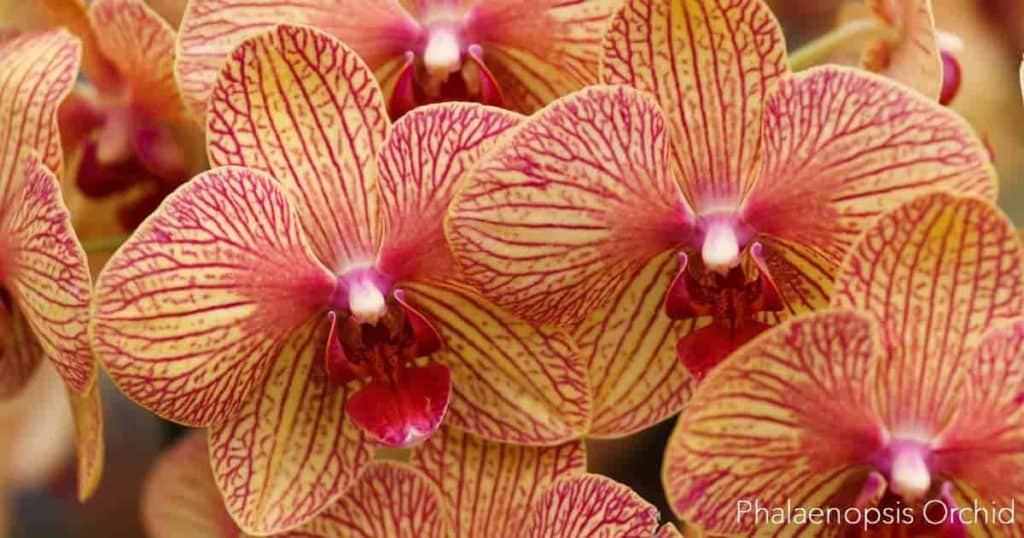
Cacti: Similar to succulents, cacti prefer less frequent fertilization. A low-nitrogen, high-potassium fertilizer will support their slow growth and flowering without risking excessive new growth that can weaken the plant.
Tropicals: Tropical houseplants, including monsteras, often have higher nutrient requirements to support their rapid growth and large foliage. They benefit from regular fertilizing with a complete, balanced fertilizer, but the frequency depends on the specific plant’s growth rate and condition.
African Violets: These delicate flowering plants do best with fertilizers formulated specifically for African violets, applied as per the product’s instructions. They require a gentle approach to avoid leaf burn or root damage.
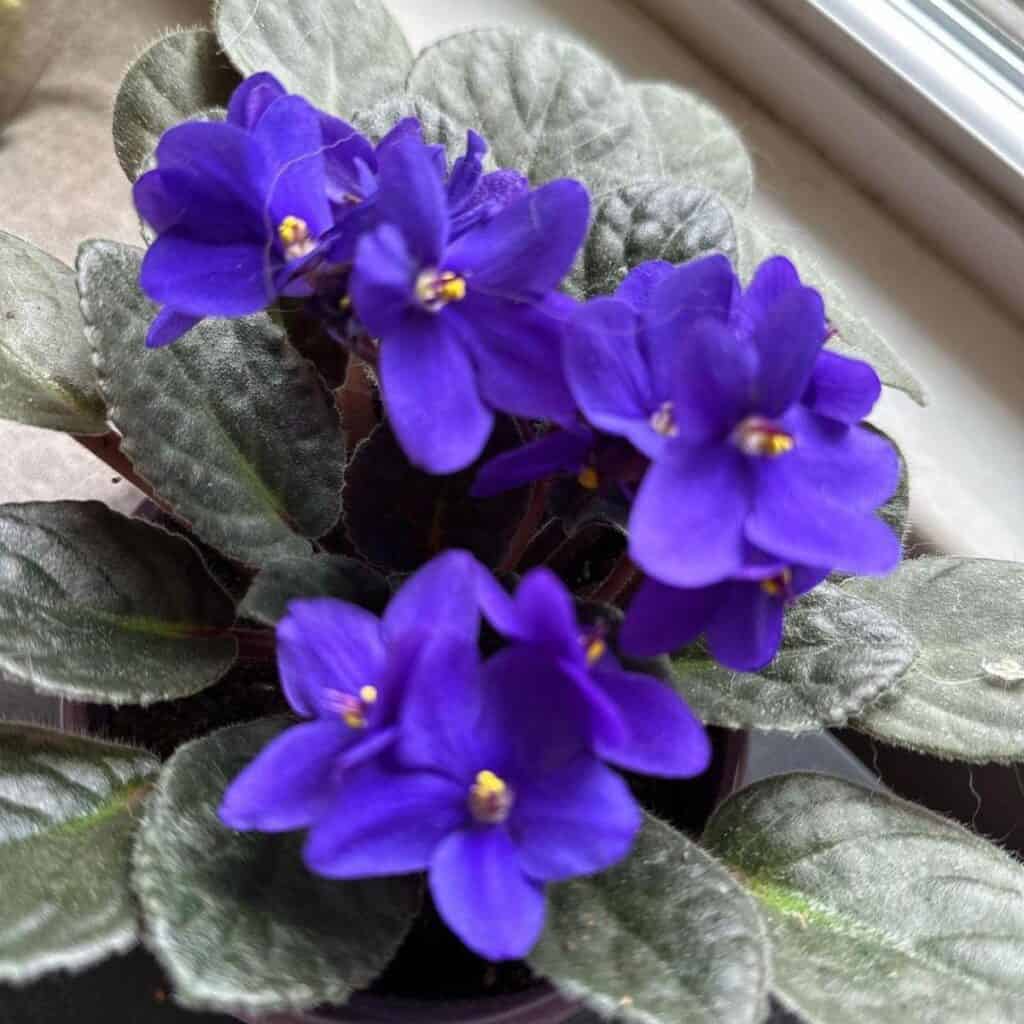
Foliage Plants: Indoor plants known for their foliage, such as new leaf-producing monsteras, generally require a balanced fertilizer. During the growing season, they can be fertilized more frequently, up to once per month, to encourage luscious and vibrant leaves.

In conclusion, to avoid common fertilizing mistakes with various houseplants, it’s crucial to cater to the specific needs of each type of plant. This approach ensures healthy growth and vibrant displays of foliage and flowers within the home.
#9 – Not Recognizing Environmental Stress and Its Impact on Fertilization
When houseplants are exposed to environmental stress, their ability to utilize nutrients effectively can be compromised.
Environmental stressors such as pests, disease, and inadequate lighting conditions can have a significant impact on a plant’s growth and development.
Understanding how to recognize and respond to these issues is crucial for proper fertilization practices.
Dealing With Pests
Pests are a common source of stress for houseplants, often leading to nutrient depletion as the plant directs energy to defend against infestation.
Common pests such as spider mites, aphids, and mealybugs can rapidly damage plant tissues, reducing the plant’s capacity to absorb fertilizer effectively.
To counter this, houseplant owners should:
- Regularly inspect plants for signs of insects, including webbing, sticky residue, or visible bugs.
- Employ non-toxic treatments, like neem oil or insecticidal soap, to reduce pest populations without harming the plant.
Disease and Poor Lighting Conditions

Plants under the distress of disease may exhibit symptoms such as discoloration, wilting, or leaf drop. These issues indicate that a plant is not in an optimal state to take advantage of the nutrients provided by fertilizers.
Additionally, low light conditions can lead to elongated stems and sparse foliage, while direct sunlight can cause scorching—all factors that impede plant health and nutrient usage.
Houseplant enthusiasts should:
- Maintain a consistent watering schedule to prevent root rot and other water-related diseases.
- Position plants in areas with appropriate light levels—strong, indirect light for most tropical plants and brighter light for succulents and cacti.
By recognizing environmental stress and its effect on plants, one can better gauge when and how to fertilize, ensuring that the plants have the support they need to thrive.
Fertilizer Safety and Storage
Ensuring the safety and longevity of fertilizers requires careful handling and proper storage conditions.
This protects the product’s efficacy and safeguards the user and the environment from potential harm.
Proper Handling and Disposal of Fertilizers
Fertilizers, whether synthetic or organic, must be handled with care. Wearing gloves is recommended when working with fertilizer granules or pellets, as prolonged contact can irritate the skin.
A spill of water-soluble or liquid fertilizer should be promptly cleaned to prevent slips and chemical burns. Always follow the manufacturer’s instructions for both use and disposal, ensuring that excess fertilizer does not contaminate waterways, which can lead to environmental damage.
One should never dispose of unused fertilizer by pouring it down the drain or toilet. Instead, contact local waste management authorities for guidance on proper disposal.
By doing so, one avoids potential chemical reactions that could occur within plumbing systems or negatively impact water supplies.
Storing Different Fertilizer Types to Maintain Efficacy
Proper storage is critical to maintain the efficacy of fertilizers and ensure safety in their usage. Here are specific guidelines for different types of fertilizers:
- Liquid Fertilizer: Store bottles upright and in a place that won’t freeze. Freezing can alter the chemical composition of the product.
- Water-soluble Fertilizer: Keep these in a dry environment to prevent caking and degradation of the product.
- Synthetic Granules/Pellets: Place these in an airtight container and store them off the ground to prevent moisture absorption and contamination.
To reduce hazards and maintain quality:
- Store all fertilizers in a cool, dry, and locked area — out of reach of children and pets.
- Ensure that the storage area is away from food products to avoid cross-contamination.
- Keep fertilizers in their original packaging to prevent confusion and to retain important usage and safety information.
Remember, proper storage not only extends the shelf life of fertilizers but also minimizes risks associated with their mishandling.

